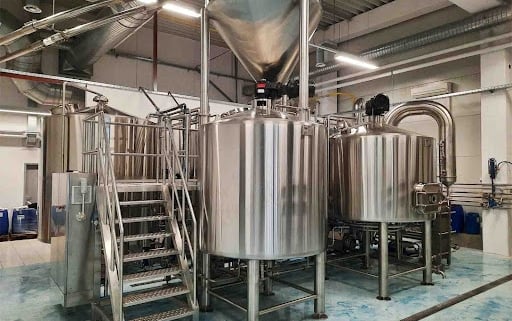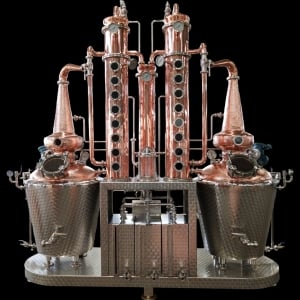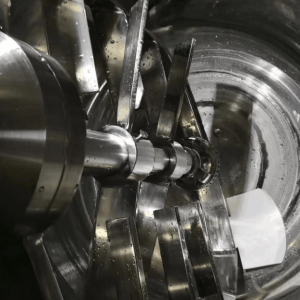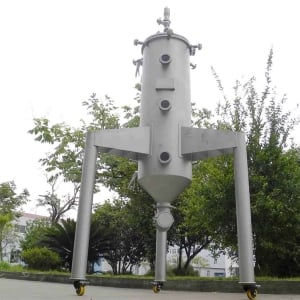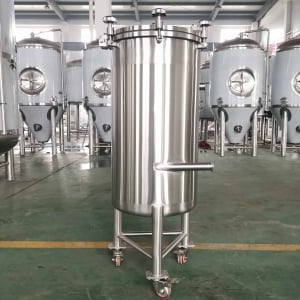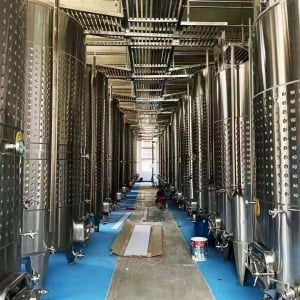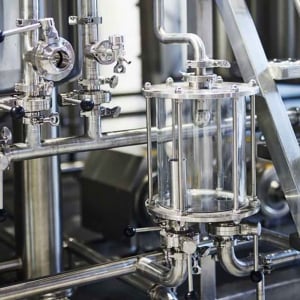Winemaking Equipment
The allure of crafting your own wine, from vine to bottle, is a captivating prospect for many. But before you dive into the world of home winemaking, you’ll need to equip yourself with the essential tools for the trade. This guide will walk you through the exciting world of winemaking equipment, from fundamental must-have items to specialized tools for the more adventurous vintner.
Winemaking Equipment Guide
Here’s a breakdown of the essential equipment you’ll need for home winemaking, categorized by function:
| Category | Equipment | Description |
|---|---|---|
| Primary Fermentation | Carboys: Glass or plastic containers for fermenting grape must. Sizes range from 1 gallon to several gallons. | Key Considerations: * Consider the amount of wine you plan to make and choose a carboy size accordingly. * Glass carboys offer a clearer view of the fermentation process, while plastic is lighter and more shatter-resistant. |
| Primary Fermentation | Airlocks: Three-piece devices that allow carbon dioxide to escape during fermentation while preventing unwanted contaminants from entering the carboy. | Key Considerations: Choose an airlock that fits securely on your carboy. Fill the airlock halfway with water or sanitizer solution to create a barrier. |
| Primary Fermentation | Hydrometer: A tool used to measure the sugar content (specific gravity) of your grape must, which helps determine the potential alcohol content of your finished wine. | Key Considerations: A good quality hydrometer will be easy to read and come with a temperature correction chart for accurate measurements. |
| Secondary Fermentation & Bottling | Siphon: A flexible tube used to transfer wine from one container to another without disturbing sediment. | Key Considerations: Choose a siphon long enough to comfortably reach the bottom of your carboy. Opt for food-grade quality plastic tubing. |
| Secondary Fermentation & Bottling | Racking Cane: A stainless steel rod used to break up sediment during the racking process (transferring wine off the sediment). | Key Considerations: Choose a racking cane with a curved end to avoid disturbing sediment at the bottom of the carboy. |
| Secondary Fermentation & Bottling | Sanitizer: A solution used to clean and sterilize all your winemaking equipment to prevent contamination. | Key Considerations: Choose a no-rinse sanitizer specifically formulated for winemaking. Follow the manufacturer’s instructions for proper dilution and use. |
| Bottling | Wine Bottles: High-quality, thick-walled glass bottles with corks or screw tops designed specifically for wine. | Key Considerations: Choose bottles with appropriate closures (cork or screw cap) depending on your desired storage method. Consider the style of wine you’re making when selecting bottle size and shape (e. g., Bordeaux bottles for red wines, Riesling bottles for white wines). |
| Bottling | Corker: A manual or pneumatic device used to insert corks into wine bottles. | Key Considerations: Manual corkers are a budget-friendly option, while pneumatic corkers offer greater ease of use. Ensure your corker is compatible with the size and type of corks you’re using. |
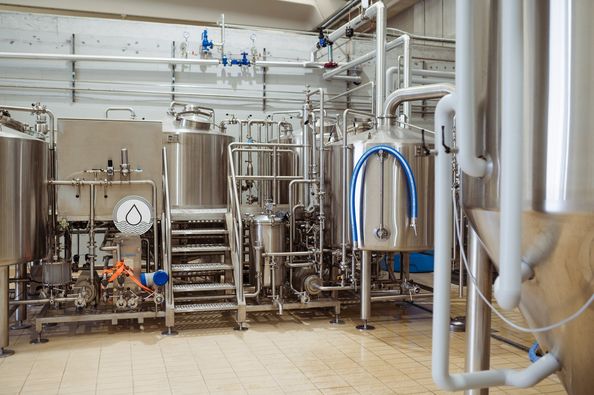
Additional Equipment (Optional):
As you delve deeper into the world of winemaking, you may consider investing in additional equipment to enhance your winemaking experience:
- Grape Crusher/Destemmer: This tool crushes grapes and separates stems from the must, improving juice extraction and minimizing bitterness.
- Refractometer: A handheld device that electronically measures the sugar content of your grape must, offering a more precise measurement compared to a hydrometer.
- Must Pump: A pump used to efficiently transfer large volumes of grape must.
- Wine Press: A tool used to extract juice from crushed grapes after fermentation has begun.
Choosing the Right Winemaking Equipment
With a wide array of equipment available, selecting the right tools can feel overwhelming. Here are some key factors to consider when making your choices:
- Scale of Production: Are you planning on making a small batch for personal enjoyment, or do you have aspirations for a larger-scale production? Choose equipment sizes and capacities that suit your needs.
- Budget: Winemaking equipment can range from very affordable to high-end. Determine your budget and prioritize the essential items first. You can always add specialized equipment later as your skills and passion grow.
- Experience Level: As a beginner, it’s wise to start with a basic setup and focus on mastering the fundamentals. More advanced equipment can be introduced as you gain experience.
- Ease of Use: Consider how comfortable you are using certain equipment. Manual tools require more effort, while automated options can simplify tasks, they may also come with a higher price tag. Choose equipment that strikes a balance between functionality and your comfort level.
- Durability: Invest in well-made equipment from reputable brands. Quality tools will last longer and provide better results in the long run.
Supplier Selection:
Finding the right supplier for your winemaking equipment is crucial. Here are some tips for choosing a reliable vendor:
- Reputation: Research the vendor’s reputation for quality products and customer service. Read online reviews and ask fellow winemakers for recommendations.
- Selection: Choose a supplier that offers a wide variety of equipment options to suit your needs and budget.
- Pricing: Compare prices from several vendors before making a purchase. Consider any additional costs such as shipping and handling.
- Customer Service: Opt for a vendor with knowledgeable customer service representatives who can answer your questions and provide guidance.
Winemaking Equipment: Price Range
Winemaking equipment can vary greatly in price depending on factors like quality, functionality, and brand. Here’s a general breakdown of the price ranges you can expect for some essential items:
- Carboys: $10 – $100+ (depending on size and material)
- Airlocks: $2 – $10
- Hydrometer: $10 – $50
- Siphon: $5 – $20
- Racking Cane: $10 – $20
- Sanitizer: $10 – $20 per gallon
- Wine Bottles: $0.50 – $2 each (depending on style and quantity)
- Corker: $20 – $200+ (manual vs. pneumatic)
Features of Winemaking Equipment for Sale
When shopping for winemaking equipment, pay attention to the features offered by different products. Here are some key features to consider:
- Carboys: Look for carboys with thick walls for durability and lids that create a secure seal. Glass carboys offer better clarity for monitoring fermentation, while plastic is lighter and less prone to breakage.
- Airlocks: Choose airlocks with a large enough capacity to handle the CO2 produced during fermentation. Self-filling airlocks are available for added convenience.
- Hydrometers: Opt for a hydrometer with a clear, easy-to-read scale and a built-in thermometer for temperature correction.
- Siphons: Select siphons made from food-grade plastic with a long enough reach to comfortably transfer wine from one container to another. Consider siphons with a shut-off valve for easier flow control.
- Racking Canes: Choose a racking cane made from sturdy stainless steel with a smooth, curved end to avoid disturbing sediment.
Beyond the Basics: Specialized Winemaking Equipment
As you gain experience and confidence in your winemaking skills, you may want to explore more specialized equipment to elevate your craft. Here are some examples:
- Grape Crusher/Destemmer: This equipment can significantly improve juice yield and quality by efficiently crushing grapes and removing stems. Electric crushers offer convenience, while manual options are a more budget-friendly choice.
- Refractometer: A refractometer provides a quick and precise way to measure the sugar content of your grape must. This tool is particularly useful for those who prefer not to dilute their must with water for hydrometer readings.
- Must Pump: A must pump is a valuable tool for efficiently transferring large volumes of grape must, especially for larger-scale winemaking operations.
- Wine Press: A wine press allows you to extract additional juice from grapes after fermentation has begun. This can be beneficial for certain wine styles or when dealing with grapes that have a lower juice yield.
Installation, Operation, and Maintenance
Most winemaking equipment is relatively straightforward to install, operate, and maintain. Here are some general guidelines:
- Installation: Carefully follow the manufacturer’s instructions for proper installation of any equipment, especially those with electrical components.
- Operation: Read the instruction manuals for each piece of equipment to understand its proper use and functionality. Familiarize yourself with cleaning and sanitation procedures to prevent contamination.
- Maintenance: Clean and sanitize your equipment thoroughly after each use. Store your equipment in a clean, dry place when not in use. For some equipment, periodic maintenance may be required, as outlined in the manufacturer’s instructions.
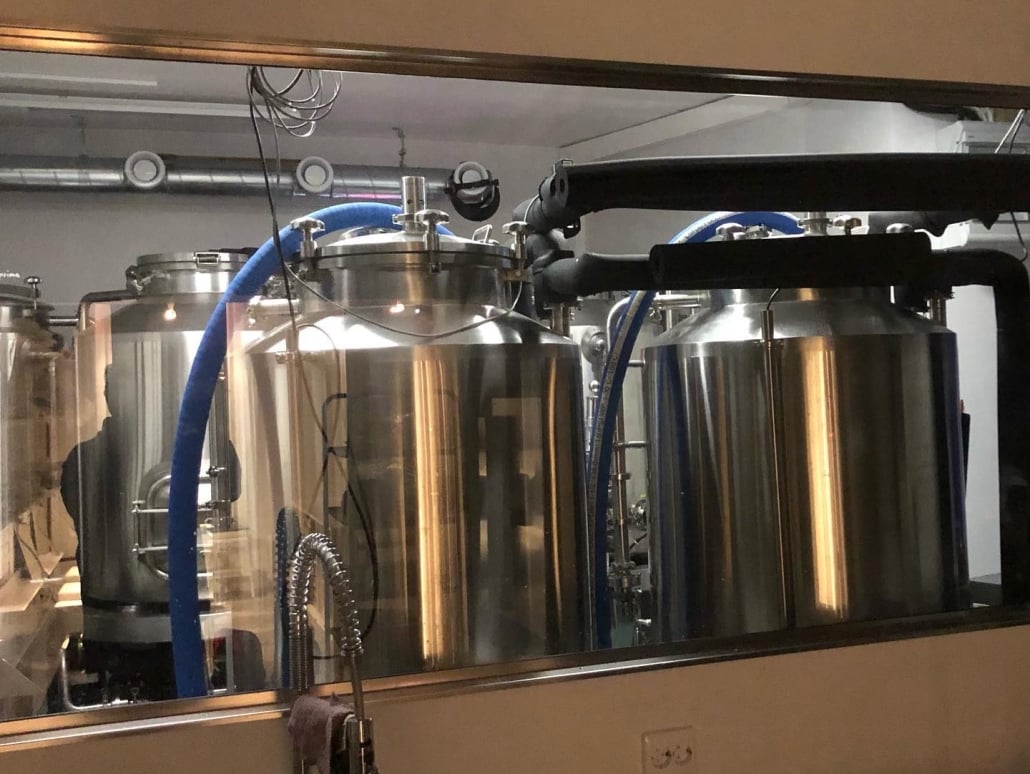
FAQs
Q: What is the most important piece of equipment for home winemaking?
A: There isn’t a single most important piece, but sanitation is crucial throughout the winemaking process. Contamination can ruin your entire batch of wine. Investing in a good quality sanitizer and following proper cleaning procedures is essential.
Q: Can I use regular corks and a hammer to cork my wine bottles?
A: Technically, yes. However, this method is laborious and can be difficult to achieve a good seal. For a more consistent and professional finish, a corker is highly recommended.
Q: Do I need a hydrometer or a refractometer?
A: Both tools measure the sugar content of your grape must, but they function differently. A hydrometer is a more affordable option and requires a simple dilution step with water. A refractometer offers a more precise measurement without dilution but comes with a higher price tag. Ultimately, the choice depends on your budget and preference.
Q: Where can I find used winemaking equipment?
A: Several avenues can lead you to used winemaking equipment:
- Online Marketplaces: General online marketplaces like Craigslist or Facebook Marketplace may have used winemaking equipment listed.
- Homebrew Stores: Local homebrew stores often have bulletin boards where hobbyists can buy, sell, or trade equipment.
- Winemaking Clubs or Forums: Joining online or local winemaking clubs or forums can connect you with other enthusiasts who may be looking to sell used equipment.
Q: Is it safe to buy used winemaking equipment?
A: Buying used equipment can be a great way to save money, but there are some precautions to take:
- Inspect the equipment thoroughly: Look for cracks, leaks, or signs of wear and tear. Ensure all parts are functional.
- Sanitize thoroughly: Before using any used equipment, sanitize it according to recommended procedures to eliminate any potential contamination.
- Ask questions: If buying from an individual, ask about the equipment’s history and condition.
T

